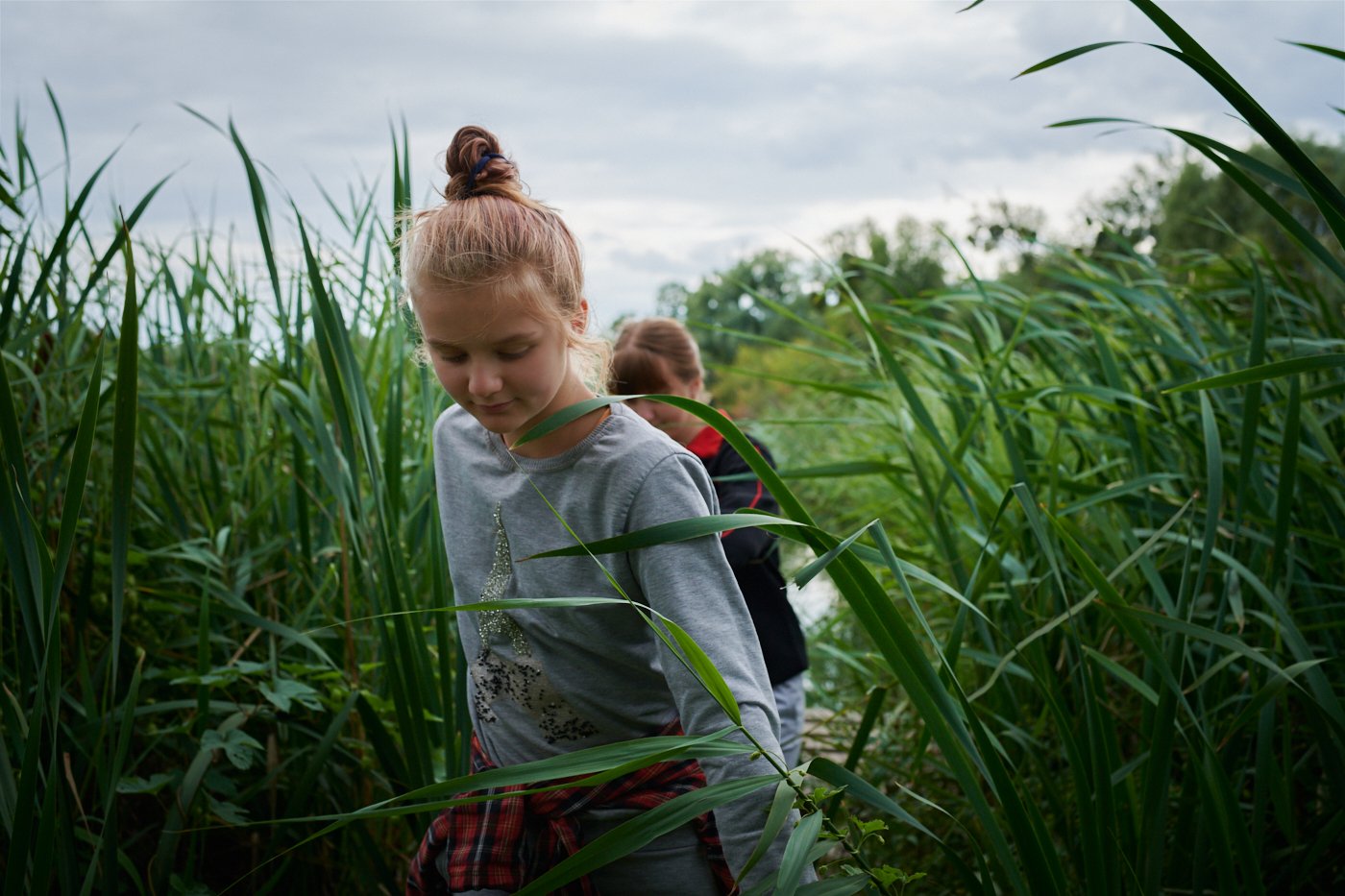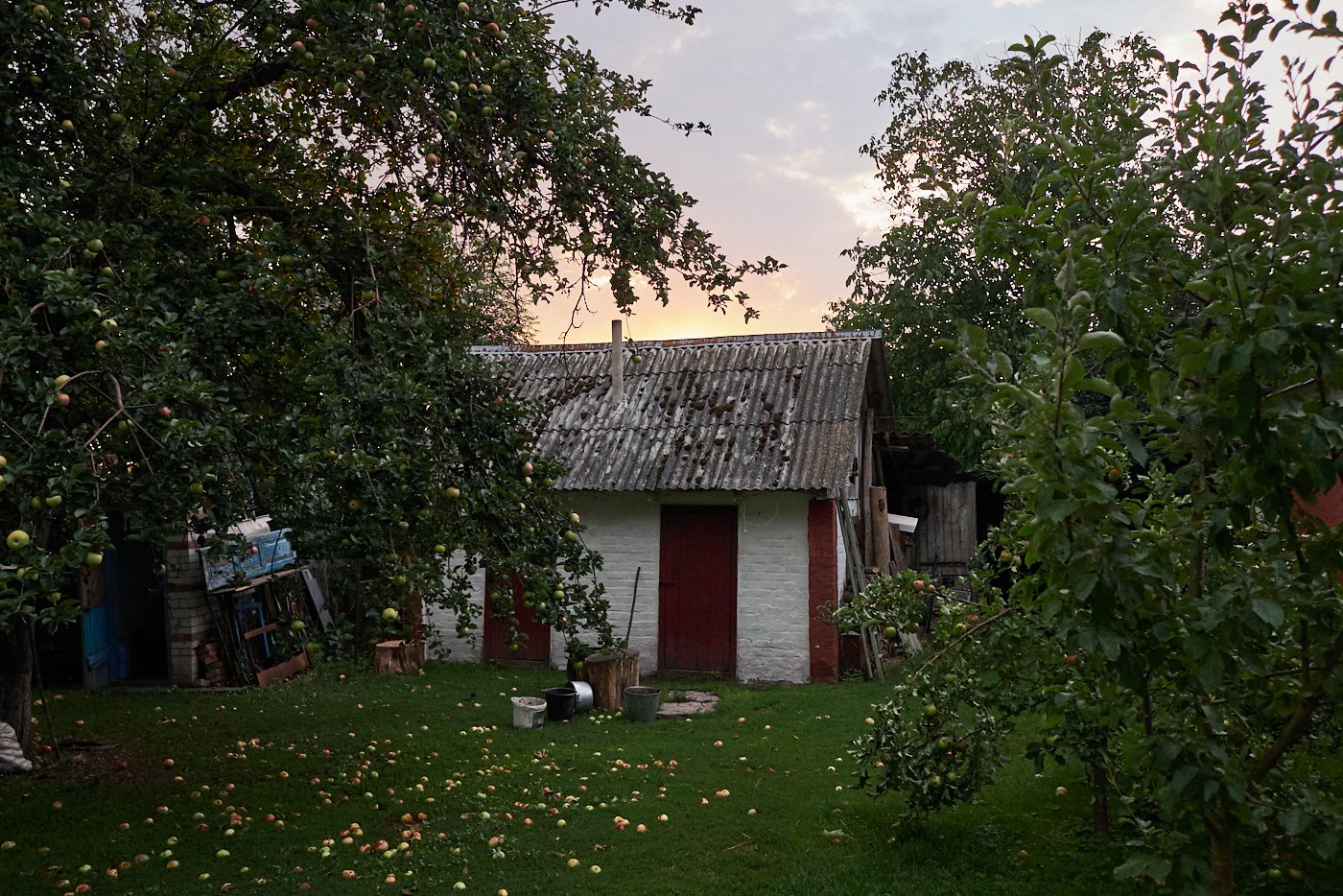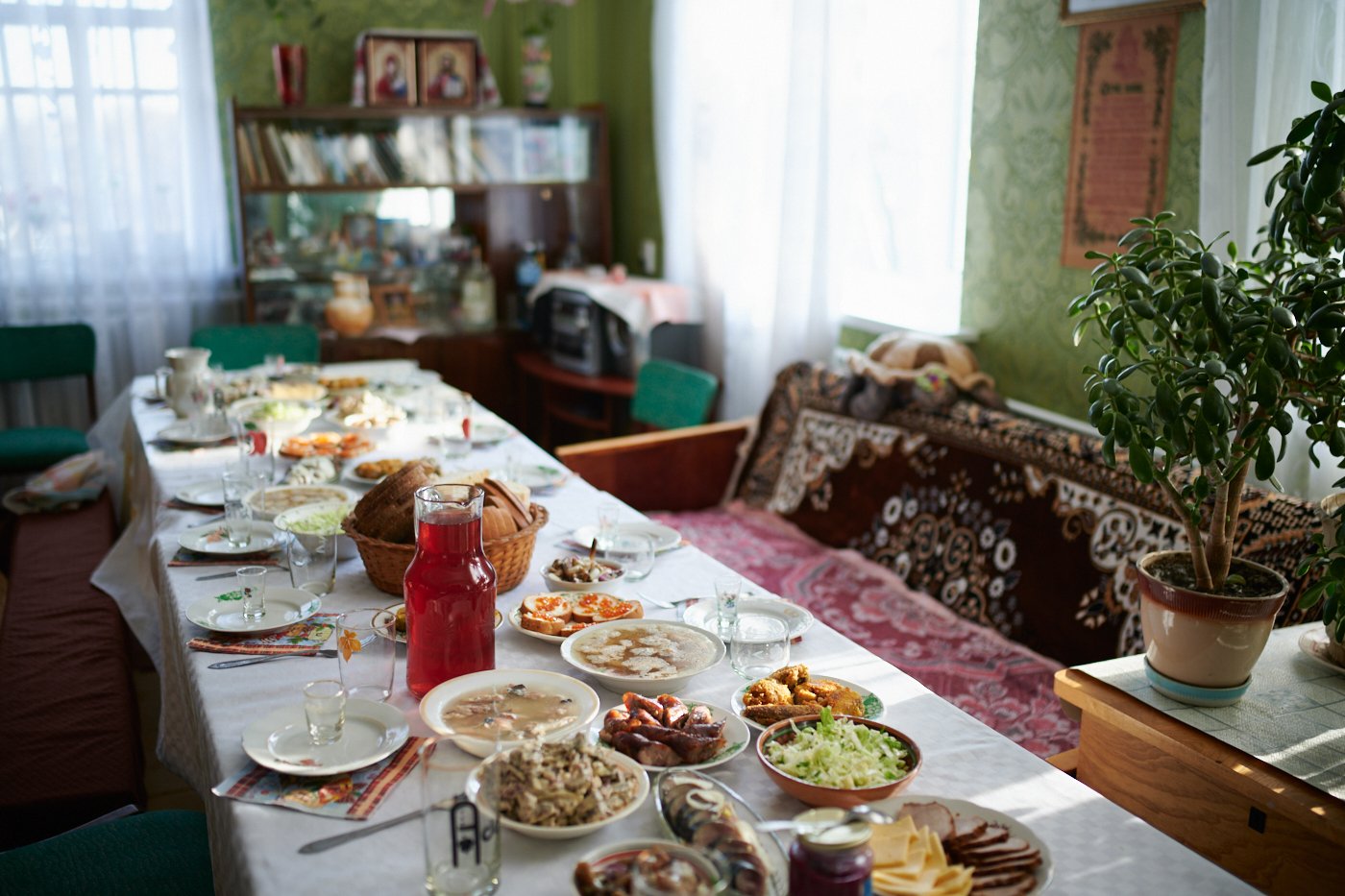




-
What does it mean to grow what you eat—and how can our connection with the land influence our relationships with one another?
In 2018, I began documenting the daily life of a family living off the land in Heisykha, a tiny agrarian village in central Ukraine. To date, neither communism, capitalism, nor Christianity could fully displace or disenchant nature’s central importance in Ukrainian culture. Today however, many aspects of village life in Ukraine that have thrived for centuries are increasingly threatened by new and unprecedented challenges. Even beyond Putin’s war, prolonged economic instability is forcing young adults to leave Heisykha to find work in cities or even abroad. This newfound diaspora is making it more difficult for communities to pass down the knowledge, skills, and customs that have been central to Ukrainian culture for generations.
How village families farm and feed themselves is also evolving. As is the case around the world, agriculture throughout Ukraine is undergoing rapid industrialization. With government policies placing a heavy emphasis on productivity and financial gains in agriculture, many small farms are being increasingly displaced and consolidated into large monocropping operations. In the region surrounding Heisykha, these land-use changes are encroaching to reveal a constellation of villages scattered across an otherwise monoculture landscape.
Photographing in Heisykha is to continually encounter a way of life that is simultaneously new to me, familiar to us all, and increasingly precarious for those who live it. In one hand, this work explores aspects of family and village life that are increasingly vulnerable to economic, socio-political, and environmental volatility. On the other, this unfolding story of one Ukrainian family shows us what’s possible when we meaningfully connect to the land that supports us—and, more saliently, what’s at stake when we don’t.
For exhibition, these framed photographs are accompanied by custom, collaborative hand-embroidered textiles made by the people depicted in the work, which drape over the frames in the Ukrainian style.
